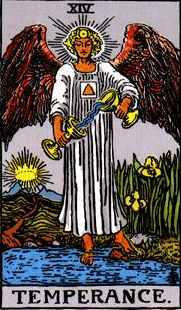
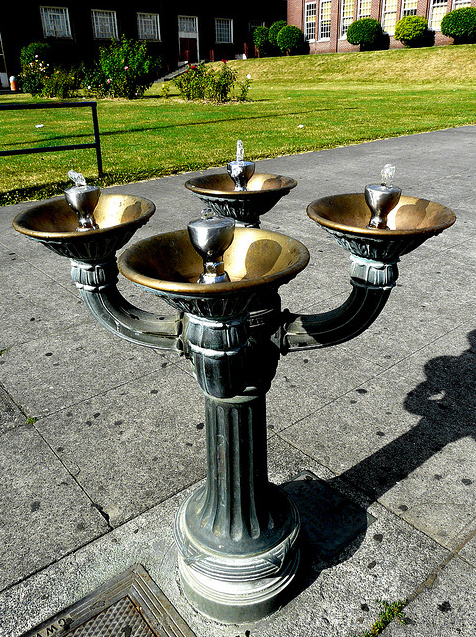
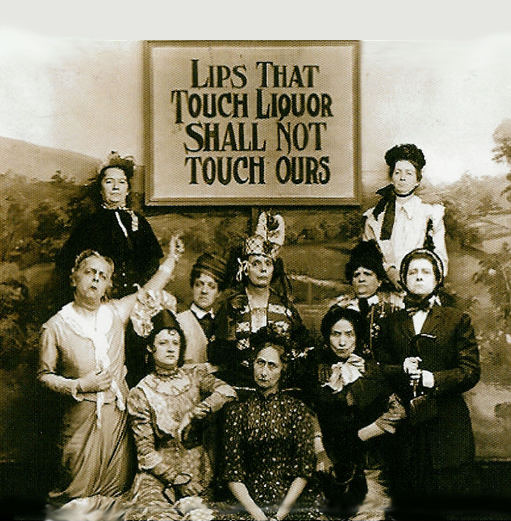
So, if Temperance appears in your reading it doesn’t necessarily mean you can’t have a glass of wine with your dinner. However, it may be suggesting that you don’t drink the whole bottle.
But it’s hard to believe that all the symbolism of this card adds up to just moderation. There’s much more there (See Temperance I). I searched and searched for another definition of temperance and finally found one that opened up possibilities. The hyperdictionary defines it as “the act of tempering.”
The verb temper has several meanings. The ones that follow do the best job of describing the tarot card:
to bring to a suitable state by mixing in or adding a usually liquid ingredient.” This is exactly what the angel on the card is doing. The wording of the definition implies that temperance is an act of trial and error, a messy inexact procedure that takes time and patience. In his print, Temperance, Pieter Breugel shows a woman who looks suspiciously like the tarot angel without wings standing in the midst of scientists, craftsmen, scholars, and musicians. Breugel was illustrating “The New Learning,” a concept of his time that maintained that knowledge should not be gained just from books, but by practical experience and information sharing among a number of disciplines. The woman, or Temperance is encouraging this communication, which in turn will generate new discoveries. But in the process, lots of toes will get stepped on and there will be many arguments and misunderstandings. She is truly in between Death and the Devil.
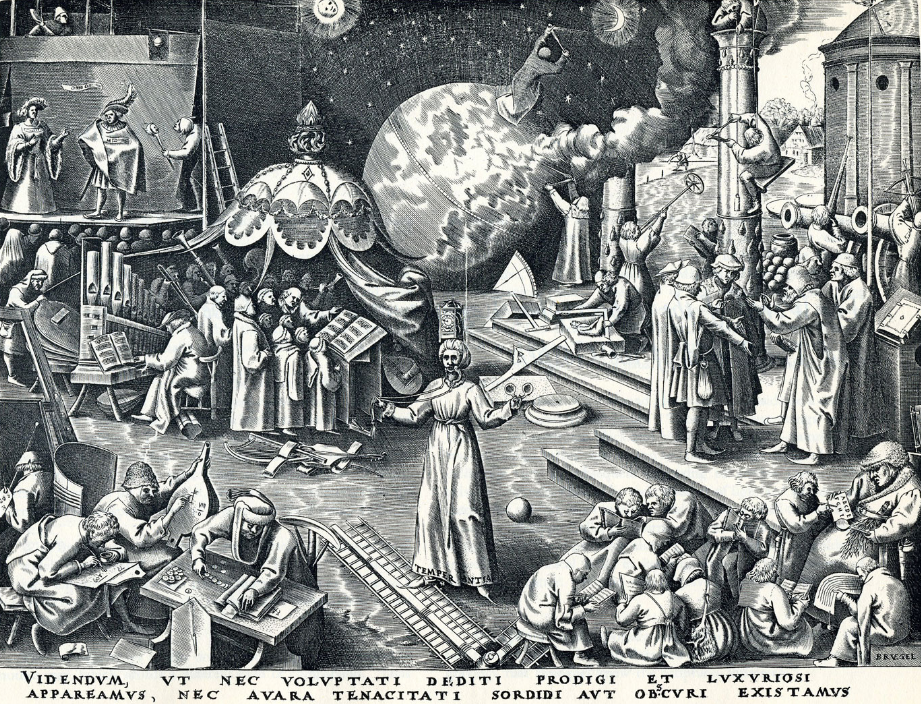
to heat treat a blade or piece of steel by reheating it to a temperature well below the temperature at which the steel was made. The blade is kept at this temperature for a while, then it is quenched. Most bladesmiths temper a blade several times to get the exact level of hardness. The idea is that the metal is hard enough to maintain an edge but not so hard that it is brittle, which can cause it to chip or crack.
to make stronger and more resilient through hardship : toughen”
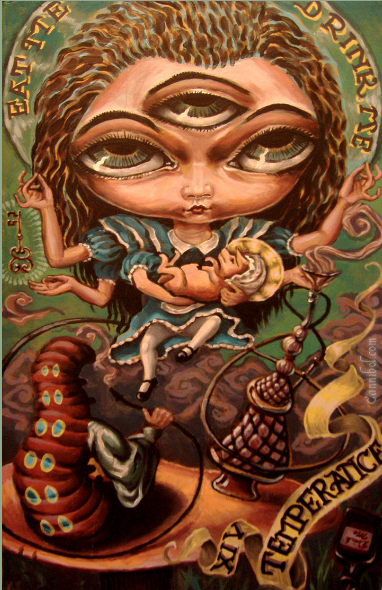
to put in tune with something, to adjust the pitch of a note, chord, or instrument to a temperament
The word temperance is as complex and convoluted as the card itself.
To be continued…


2 thoughts on “The Major Arcana and the Hero’s Journey: Temperance, Part II”
Love the reference to the rolling Stone lyrics! xoxo
Love the reference to the rolling Stone lyrics! xoxo